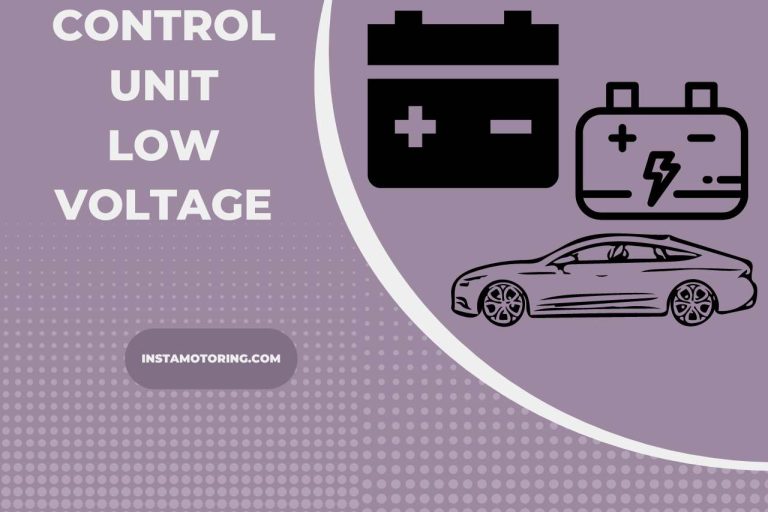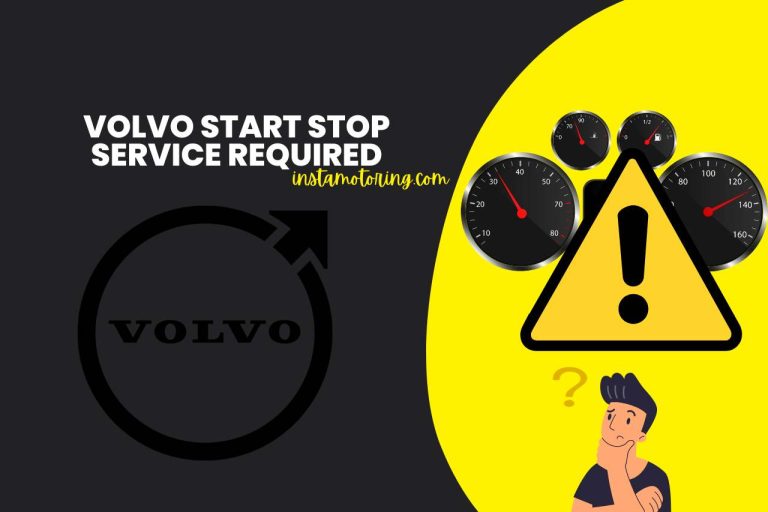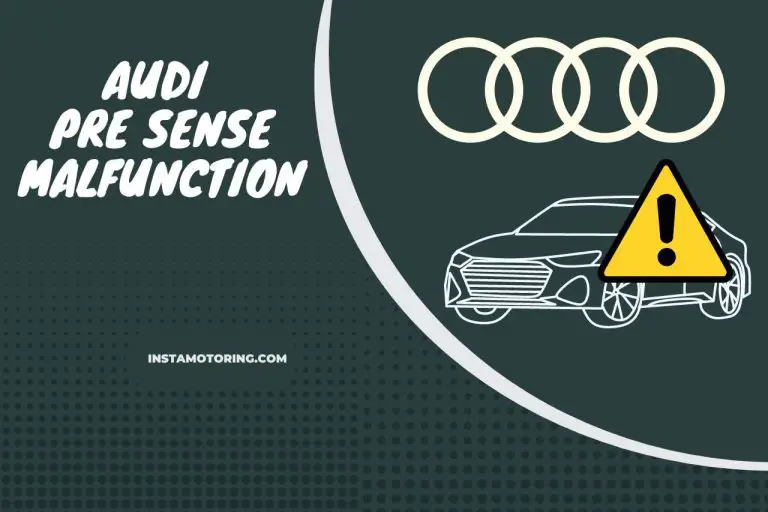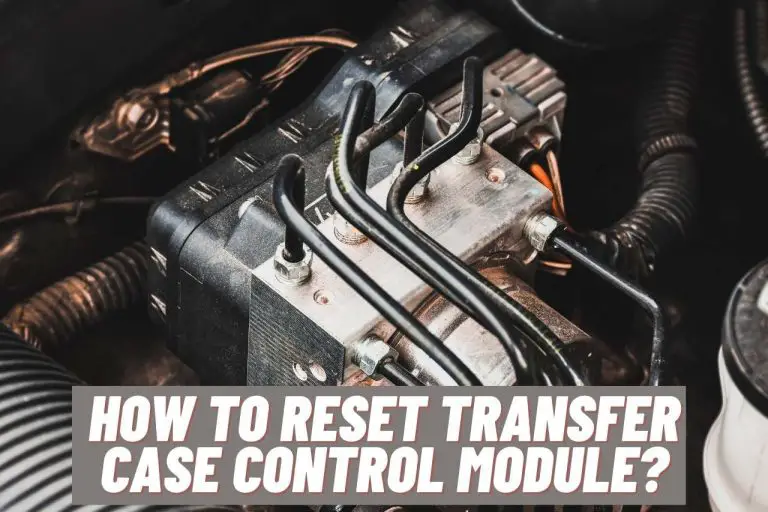How Long does a Wheel Alignment Take?
Wheel alignment is not a time-consuming task, typically taking no more than 30 minutes to an hour. However, the duration of a wheel alignment depends on several important factors.
If you believe your mechanic is taking more time than necessary, or if you want the wheel alignment to be done quickly, this report is essential reading. Let’s get started.
How Long Does a Wheel Alignment Take?
A wheel alignment can take about 30 minutes to an hour for both two-wheel and four-wheel drive vehicles. In case there are some parts to replace, it can take more than one hour.
Several factors influence the duration, including the complexity of the alignment needed, the type of equipment used, and the technician’s expertise.
It’s a relatively quick process that involves adjusting the angles of the wheels to manufacturer specifications, ensuring optimal tire contact with the road and a smooth, stable driving experience.
The alignment process varies for different vehicle types, from standard sedans to more complex vehicles like SUVs or trucks. Moreover, some advanced alignment equipment can expedite the process, providing more precise adjustments with efficiency.
In essence, while the average time for a wheel alignment is relatively short, these variables contribute to the overall duration of the process.
Choosing a reputable service provider with skilled technicians can also impact the efficiency of the alignment, ensuring a timely and effective service.
Our advice is to regularly align your wheels to avoid unnecessary, time-consuming repairs.
If you neglect wheel alignment for an extended period of time, certain components, including the suspension system, bushing, and track rod, can wear out. So, you will have to spend more time as well as money on the wheel alignment.
Different Types of Wheel Alignments and Their Time Consumption
Here’s a breakdown of the different types of wheel alignments and their respective time consumption. This will help you determine the wheel alignment time for your vehicle.
Two-wheel or Front-End Alignment
This type of wheel alignment is the quickest when it comes to the time side of things usually taking around 30 minutes. Front-end wheel alignments are suitable for vehicles with a solid read axle and they focus only on the front wheels as the name suggests.
Four-Wheel Alignment
Four-wheel alignments take about one hour and are suitable for all-wheel-drive vehicles as well as vehicles with independent rear suspensions.
Thrust Angle Alignment
Thrust angle alignments are more or less similar to four-wheel alignments regarding the time consumption. These alignments focus on aligning the rear wheels in relation to the vehicle’s centerline.
Time Consumption of Computerized Vs Mechanical Wheel Alignments
Well, computerized Alignments use high-tech sensors and software. They offer swift and precise measurements, significantly reducing alignment time. Typically, this method streamlines the process, allowing completion within a shorter duration, often less than an hour.
Comparatively, Mechanical Alignments rely on manual techniques like bubble levels and gauge rods, demanding more hands-on adjustments and expertise. This traditional approach often takes more time due to manual measurements.
How Often Should You Get a Wheel Alignment?
In general, you should get a wheel alignment every 2 to 3 years. In other words, you should get a wheel alignment every 6,000 miles. However, if you notice signs of misalignment, such as uneven tire wear or steering wheel issues, you should not delay aligning wheels.
Regular alignments promote even tire wear, enhance fuel efficiency, and ensure a smoother, safer drive. Thus, getting a wheel alignment is crucial for maintaining optimal vehicle performance.
Is It Normal to Do Wheel Alignment in Two Days?
No, it is not normal to do a wheel alignment in two days. Normally, the condition of the wheels after aligning can last up to 2 to 3 years. Thus, in case there are sudden changes in wheels, there might be a serious issue that requires a professional’s attention.



My name is James, I work as an Automotive Designer with 9 years of experience. I also work as a mechanic and vehicle inspector. I love deciphering complicated car exteriors and interiors and resolving fluid and oil troubles. InstaMotoring.com is here to help you troubleshoot your car with dependable and expert help.

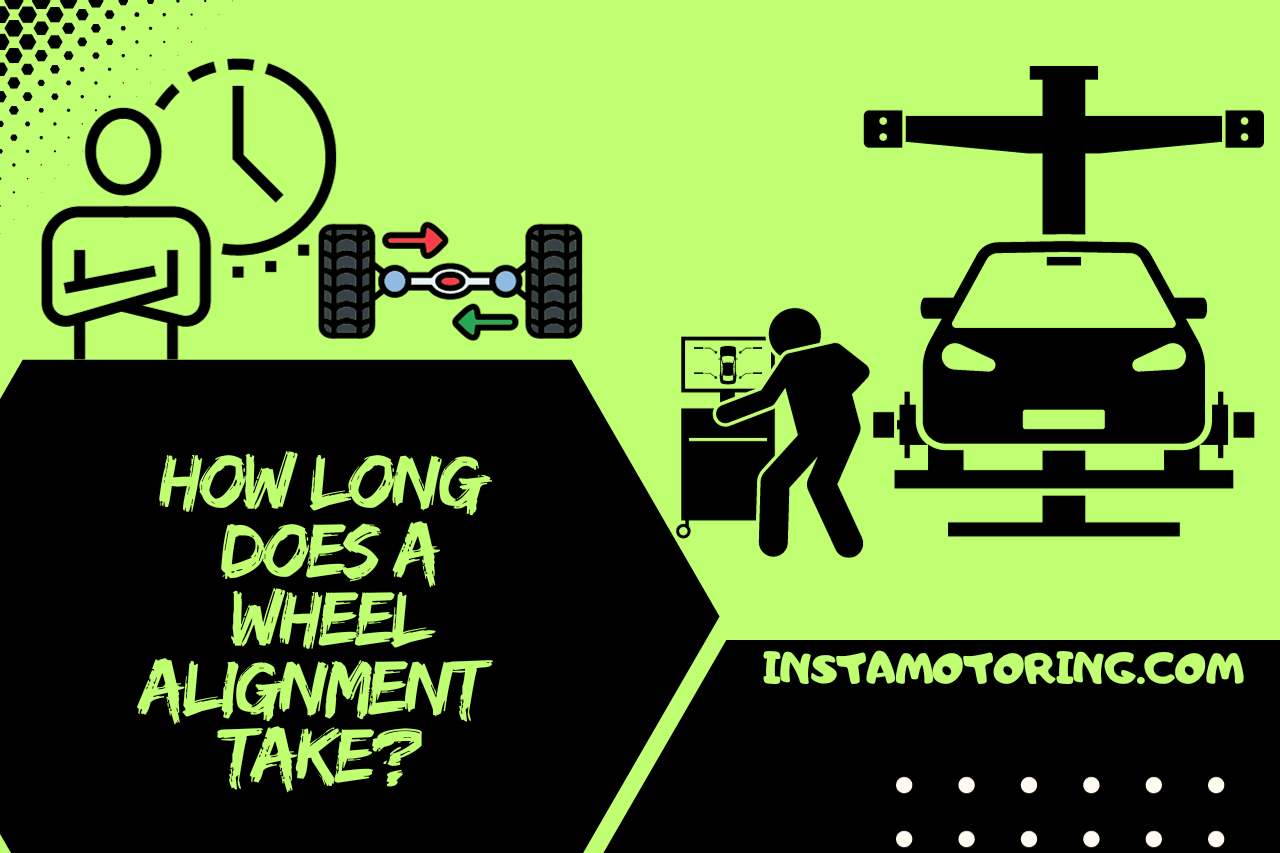
![Engine Bogs Down When Accelerating – [Causes & Easy Fixes]](https://www.instamotoring.com/wp-content/uploads/2022/12/engine-bogs-down-when-accelerating-768x512.jpg)
